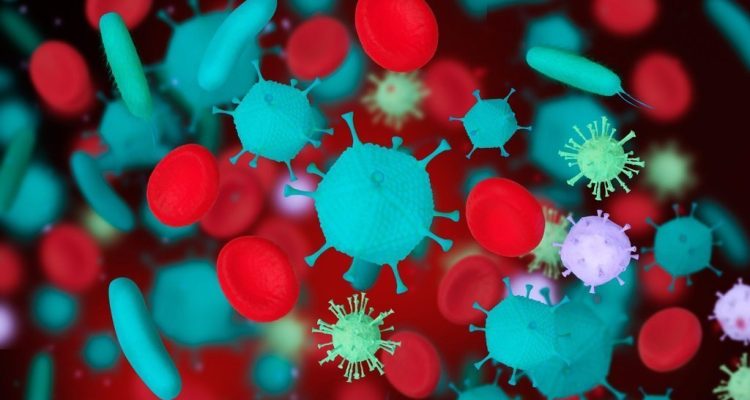A lot of medical mistakes are the result of neglecting the history, not bothering with a proper examination and instead going straight to lab tests and hi-tech imaging. So regardless of what the WHO and CDC find in Congo it’s important to make sure that when you or your children have a fever you get the right diagnosis. A tripod is stable and can’t wobble. The first leg of the tripod, the first pillar of good medical care is a proper history. Who where when. Who: who is the patient? Are they a new arrival, a child, a tourist or a local office worker? Who have they been in contact with? Sick children, refugees, nursing an old lady with TB? Where: have they been in the lake, have they been visiting the slums, have they been in Sudan, have they been nowhere except the office and home in the past month? Have they been sleeping outside, what might have bitten or stung them, where have they been eating? Which restaurant, on the street? In the village? When? When was the first symptom, how long did it last, what other symptoms, when was the cough, the diarrhoea, the vomiting? Which came first? Were they visiting somewhere inside the incubation period of a disease: 3 to 6 weeks for bilharzia, 8 days for malaria, 2 days for a flu or Covid? I remember our “oops” moment when we found a 40-degree fever and cough in someone 3 days after riding a camel in Dubai. Straight into isolation. Sample for MERS sent off urgently. It is neglect of this first pillar, history, that causes so many embarrassing mistakes: I can remember a doctor telling his patients that they see malaria in people from Europe who have been in Uganda 2 days. Absolutely impossible. Most of those 20 diseases that my old CDC friend told me they found in the villages of Acholi in 2010 are not going to be found in an office worker in Nakasero. I don’t want to be pretentious and list the 20 but Leptospirosis, Borellia, Ricketsia, Brucellosis, Coxiella, salmonella, shigella, TB, Bilharzia, 3 or 4 named arboviruses, are all common enough to be seen every week or 2 in travellers and people coming back from up country. If they are not listed in monthly reports it’s probably not because they are not seen, it’s because they are not diagnosed. Then add on the normal non-tropical fevers that we see everywhere: Covid, flu, RSV, mononucleosis, hepatitis. 20 is no exaggeration, but who where when can narrow it down.
Examining the Essentials
The second leg is examination. Temperature pulse, blood pressure, respiratory rate must be measured and recorded. A bare minimum is general assessment, check anaemia, jaundice, lymph nodes, rash. Look in the throat, children the ears, listen to the chest, tap and palpate the abdomen. Personally, I found a pulse ox is so quick and easy there is no excuse for not doing it. The oxygen concentration may well be normal in almost everyone, but if it’s found to be low the next day it’s rather important to know what it was when they came in. Only when we already have a clear idea of what it might be from the history and exam do we go to the third pillar. A typical short cut is “What’s wrong? Fever and headache. Do a blood test for malaria and typhoid.” There is no place for such negligence in modern medicine. The third pillar is simple quick relevant lab tests. The most important tests are out in 10 minutes. A whole range of expensive tests to look good and make money is not good practice, especially if it means they are not giving results until tomorrow. Sure, take the samples and the tests can be done later if necessary; but a blood count, malaria rapid, urine dip test, rapid bilharzia test, all these take 10 minutes. It might tell us what you have, or it might tell us what you don’t have. I remember when we found a case of trypanosomiasis from Jinja about 10 years ago. It really did take less than10 minutes looking down a microscope, the slide was a crawling with them. Beautiful if you like that sort of thing. They insisted on medivac and Nairobi took 2 days to confirm because we had already treated it before they left, so tryps were no longer visible.
So, what does this mean for you?
The CDC and WHO experts do it properly: and so can any doctor who chooses to. CDC have the facilities to do extremely expensive tests in labs 500 km away to discover rare or new disease. But they start with the 3 pillars. For most of us, fevers in the tropics can be diagnosed with enough evidence to initiate effective treatment, by using simple diagnostic tools and a modicum of common sense. There is no justification for calling every fever malaria, typhoid and bacterial infection, nor treating everyone with antimalarials and the latest most fashionable antibiotic. Good medicine can still be practiced in a grass thatch facility 100 km from the nearest tarmac: CDC experts do, and so can we all. A proper diagnosis of a fever in the tropics is vital and could be life saving. Don’t be taken in by poor medical standards just because it’s delivered in a shiny environment. If the 3 pillars of good diagnostic practice, history, exam, simple lab tests, are not being clearly followed then why not? If you get given a diagnosis that makes you suspicious try google. If you have the choice, try somewhere else.
If you’re up country phone: 0752 756 003.












